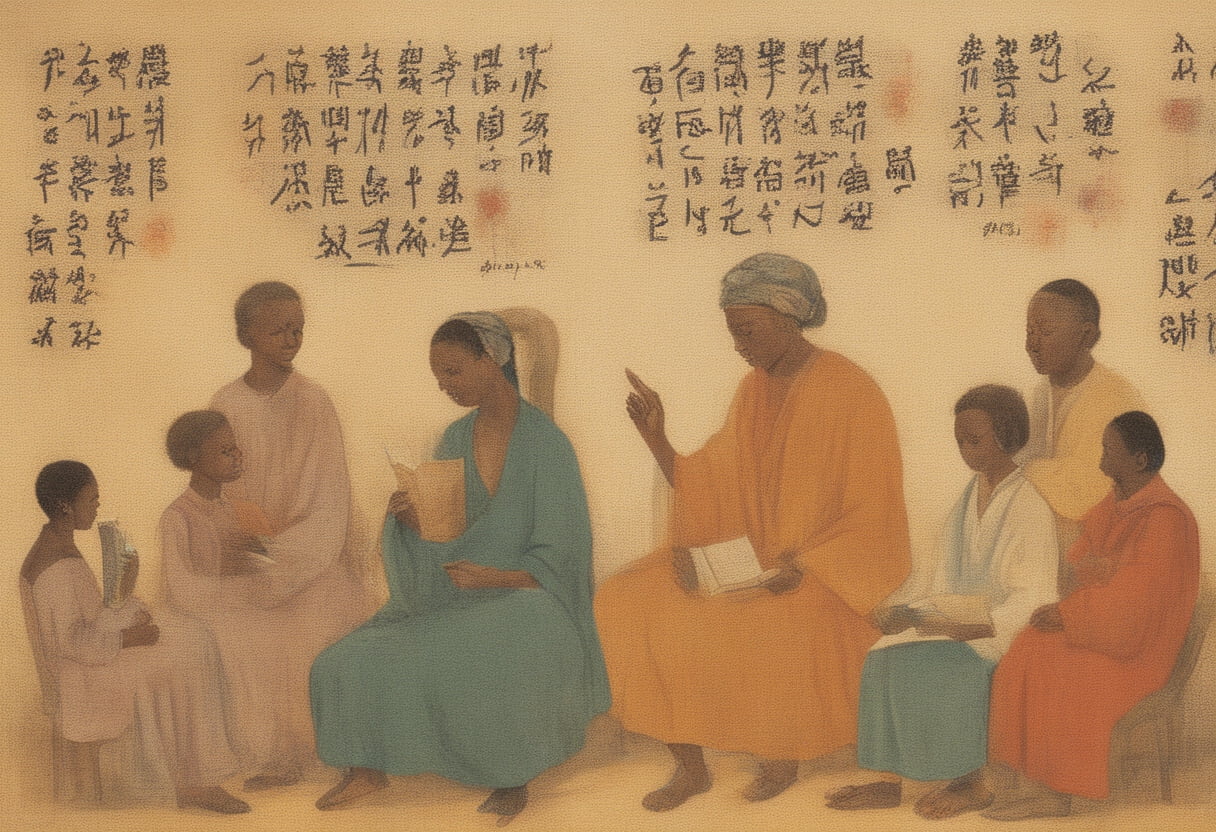In the pursuit of learning new languages, we often find ourselves chasing fluency, chasing perfection, chasing the ability to express ourselves as clearly and deeply as we can in our native tongues. But what if language learning—like all things in life—is not something to chase, but something to allow? What if it’s not about fluency or complexity, but about playing with words as a child of Dao plays with life itself?
When we were children, we learned language not through force but through joy. Every sound, every word was an exploration, a new connection to the world around us. There was no pressure to speak in perfect sentences or to impress anyone with our vocabulary. We simply wanted to express what we felt, what we saw, what we wanted to explore next.
Somewhere along the way, we adults forgot this. We started treating language as a skill to be mastered, rather than a dance with the world. We convinced ourselves that we need to be serious, precise, and fast in our learning. But the truth is, the fastest way to learn anything—be it a language or a life lesson—is to let go of the need to “get it right” and allow ourselves to play again.
In one of my moments of reflection, I realized that children spend years listening before they even attempt their first words. During this time, they are internalizing the rhythms and patterns of the language, mapping grammar in a way that is far deeper than conscious memorization. When they do begin to speak, they’re not translating ideas in their heads; they’re expressing a feeling, a desire to connect.
As adults, we rush to speak. We feel the need to create complex sentences with only a basic vocabulary and grammar, often leading to frustration. But if we slow down—if we allow ourselves to listen more, to enjoy the simple sentences we do know, and to savor the process of learning—then fluency comes faster, effortlessly.
This approach doesn’t just apply to language learning, but to life itself. We all carry with us a fear of getting things wrong, of not being enough, of being limited in our abilities. But what if these fears, like mispronounced words, are just opportunities to learn and grow? What if every mistake is just another step in the dance?
The most powerful learning happens when we immerse ourselves in the joy of discovery, when we accept that we are always children in this world—learning, exploring, and growing. Whether it’s the slurred words of a new language or the missteps we take in life, everything is part of the journey.
Just like learning multiple languages at once might create moments of confusion, it also brings joy and exhilaration. The more we let ourselves play with words and sounds, the more we feel like children discovering the world for the first time. And in that childlike state, we realize that there is no rush, no final goal to reach—just the joy of learning, moment by moment.
If there is one thing the Dao teaches us, it’s that everything flows in its own time, at its own pace. The moment we stop forcing things to happen and allow them to unfold naturally, we discover that mastery comes not from effort, but from letting go.
So, let’s learn languages not to speak them perfectly, but to experience the joy of communication, the joy of connection. Let’s live life not to master it, but to explore it with the wide-eyed wonder of a child.
And in this way, we find that we’re not just learning languages—we’re learning to speak the language of life itself.



